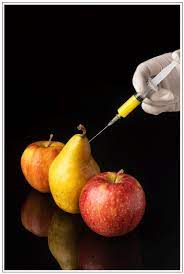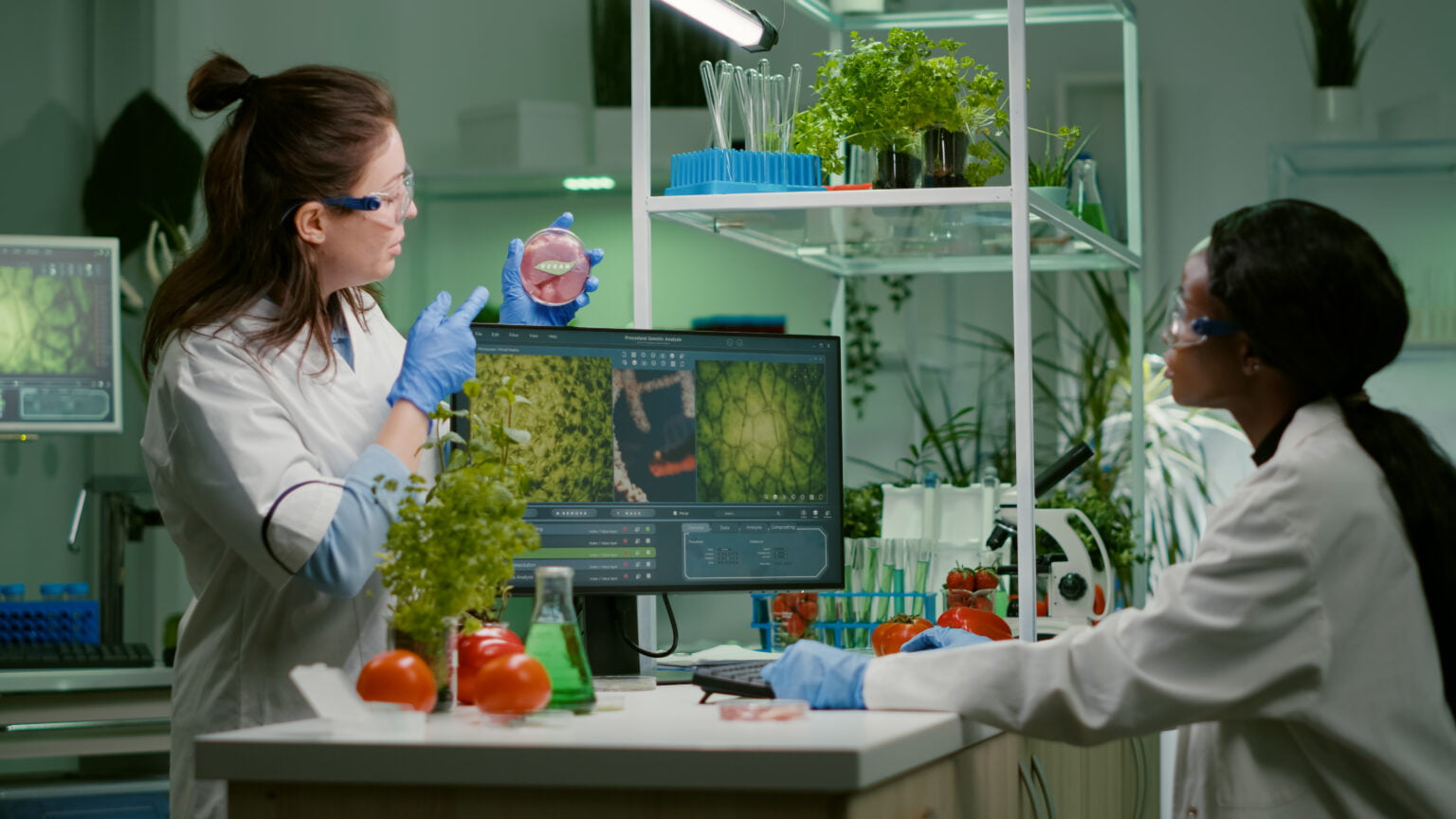Nanotechnology: Recent innovations in nanotechnology have transformed a number of scientific and industrial areas including the food industry. Applications of nanotechnology have emerged with increasing need of nanoparticle uses in various fields of food science and food microbiology, including food processing, food packaging, functional food development, food safety, detection of foodborne pathogens, and shelf-life extension of food and/or food products- ProNano foods consultancy

Table of Contents
History of Nanotechnology
Over the past few decades, nanotechnology has increasingly been considered as to be attractive technology that has revolutionized the food sector. It is a technology on the nanometer scale and deals with the atoms, molecules, or the macromolecules with the size of approximately 1–100 nm to create and use materials that have novel properties. The created nanomaterials possess one or more external dimensions, or an internal structure, on the scale from 1 to 100 nm that allowed the observation and manipulation of matter at the nanoscale.
It is observed that these materials have unique properties unlike their macroscale counterparts due to the high surface to volume ratio and other novel physiochemical properties like color, solubility, strength, diffusivity, toxicity, magnetic, optical, thermodynamic, etc. (Rai et al., 2009; Gupta et al., 2016). Nanotechnology has brought new industrial revolution and both developed and developing countries are interested in investing more in this technology (Qureshi et al., 2012).
Therefore, nanotechnology offers a wide range of opportunities for the development and application of structures, materials, or system with new properties in various areas like agriculture, food, and medicine, etc.
Nanotechnology in Food Processing:
The nanostructured food ingredients are being developed with the claims that they offer improved taste, texture, and consistency (Cientifica Report, 2006). Nanotechnology increasing the shelf-life of different kinds of food materials and also help brought down the extent of wastage of food due to microbial infestation (Pradhan et al., 2015). Nowadays nanocarriers are being utilized as delivery systems to carry food additives in food products without disturbing their basic morphology.
Particle size may directly affect the delivery of any bioactive compound to various sites within the body as it was noticed that in some cell lines, only submicron nanoparticles can be absorbed efficiently but not the larger size micro-particles (Ezhilarasi et al., 2013). An ideal delivery system is supposed to have following properties: (i) able to deliver the active compound precisely at the target place (ii) ensure availability at a target time and specific rate, and (iii) efficient to maintain active compounds at suitable levels for long periods of time (in storage condition).
Nanotechnology being applied in the formation of encapsulation, emulsions, biopolymer matrices, simple solutions, and association colloids offers efficient delivery systems with all the above-mentioned qualities. Nano polymers are trying to replace conventional materials in food packaging. Nanosensors can be used to prove the presence of contaminants, mycotoxins, and microorganisms in food (Bratovčić, 2015).
Nanoparticles have better properties for encapsulation and release efficiency than traditional encapsulation systems. Nanoencapsulations mask odors or tastes, control interactions of active ingredients with the food matrix, control the release of the active agents, ensure availability at a target time and specific rate, and protect them from moisture, heat (Ubbink and Kruger, 2006), chemical, or biological degradation during processing, storage, and utilization, and also exhibit compatibility with other compounds in the system (Weiss et al., 2006).
Moreover, these delivery systems possess the ability to penetrate deeply into tissues due to their smaller size and thus allow efficient delivery of active compounds to target sites in the body (Lamprecht et al., 2004). Various synthetic and natural polymer-based encapsulating delivery systems have been elaborated for the improved bioavailability and preservation of the active food components.
Further, the importance of nanotechnology in food processing can be evaluated by considering its role in the improvement of food products in terms of (i) food texture, (ii) food appearance, (iii) food taste, (iv) nutritional value of the food, and (v) food shelf-life. It is a matter of fact that surprisingly nanotechnology not only touches all the above-mentioned aspects but has also brought about significant alterations in food products providing them novel qualities.

Safety Issues:
Besides a lot of advantages of nanotechnology to the food industry, safety issues associated with the nanomaterial cannot be neglected. Many researchers discussed safety concerns associated with nanomaterial giving emphasis on the possibility of nanoparticles migrate from the packaging material into the food and their impact on consumer’s health (Bradley et al., 2011; Jain et al., 2016). Although a material is being considered as GRAS (generally regarded as safe) substance, additional studies must be acquired to examine the risk of its nano counterparts because the physiochemical properties in nanostates are completely different from that are in macrostate.
ProNano
With ProNano, we provide consultancy services for industrial food businesses that produce at different scales. We produce the most suitable solutions for your needs and support you in applying them to your projects. We have knowledge and experience in different fields in the food industry. However, we are aware of the technical and commercial challenges of the projects. We can understand your products and goals and draw the right roadmap together.
We produce solutions for your current or anticipated problems.
We support and guide you at every step from idea to production.

